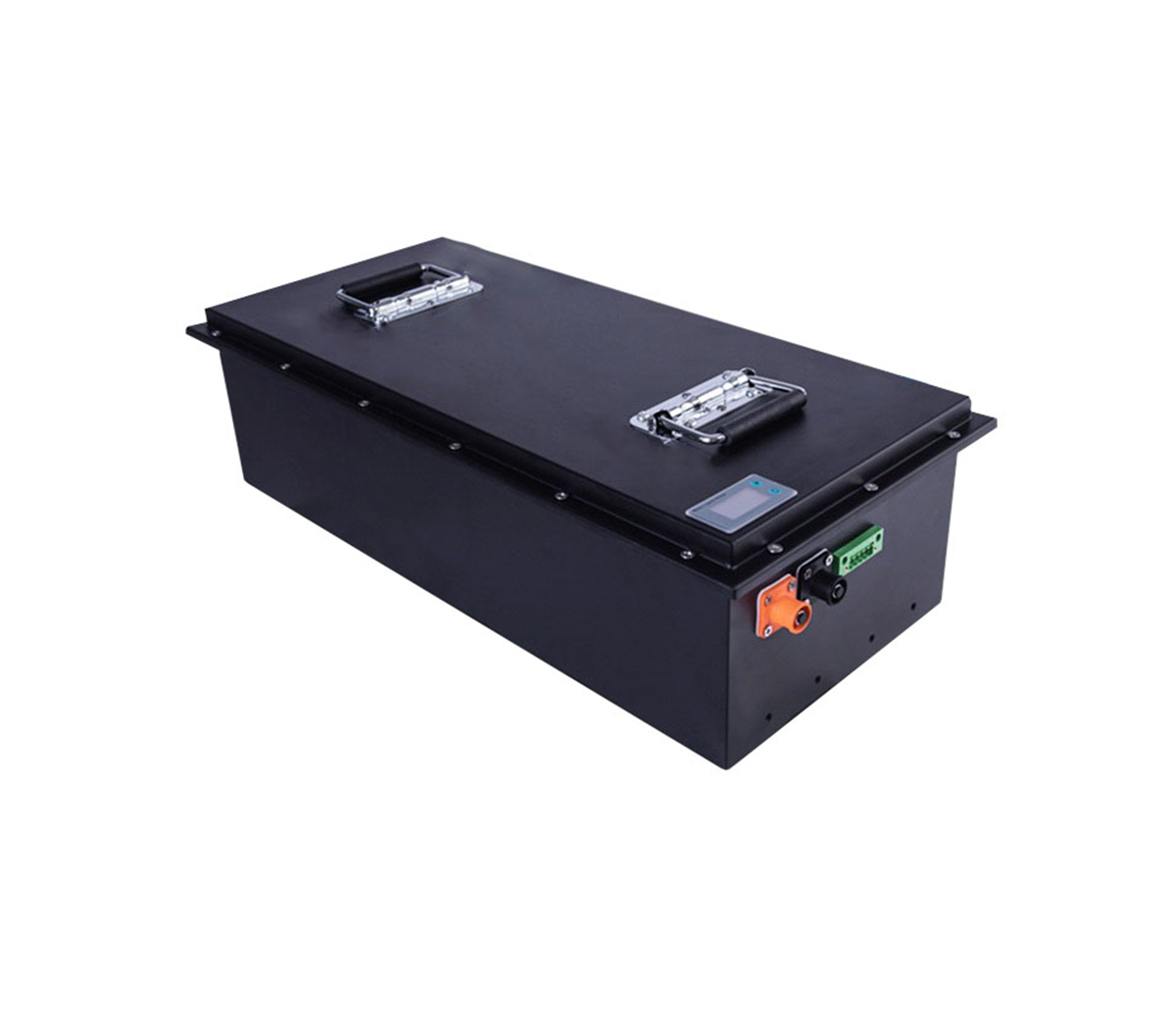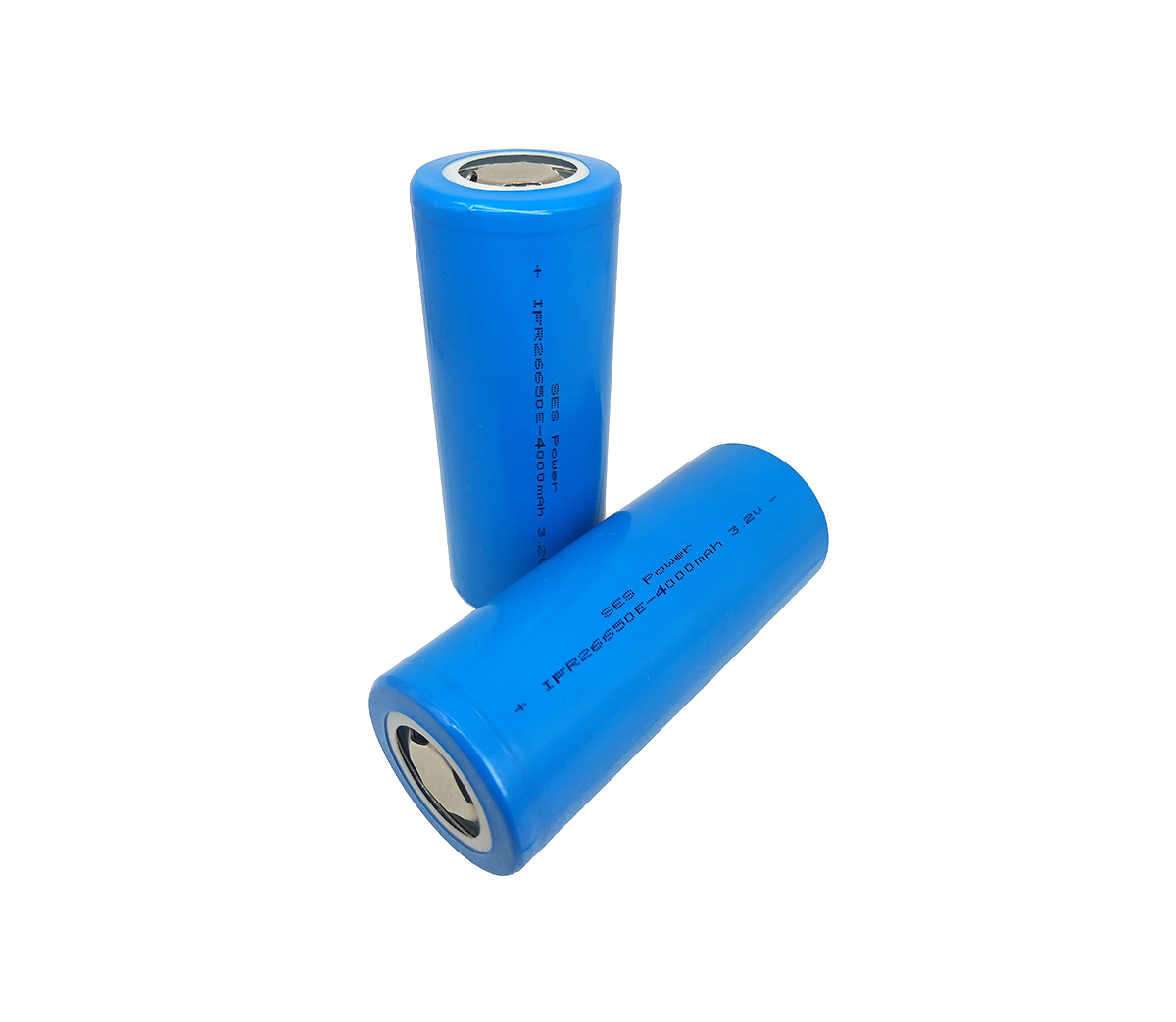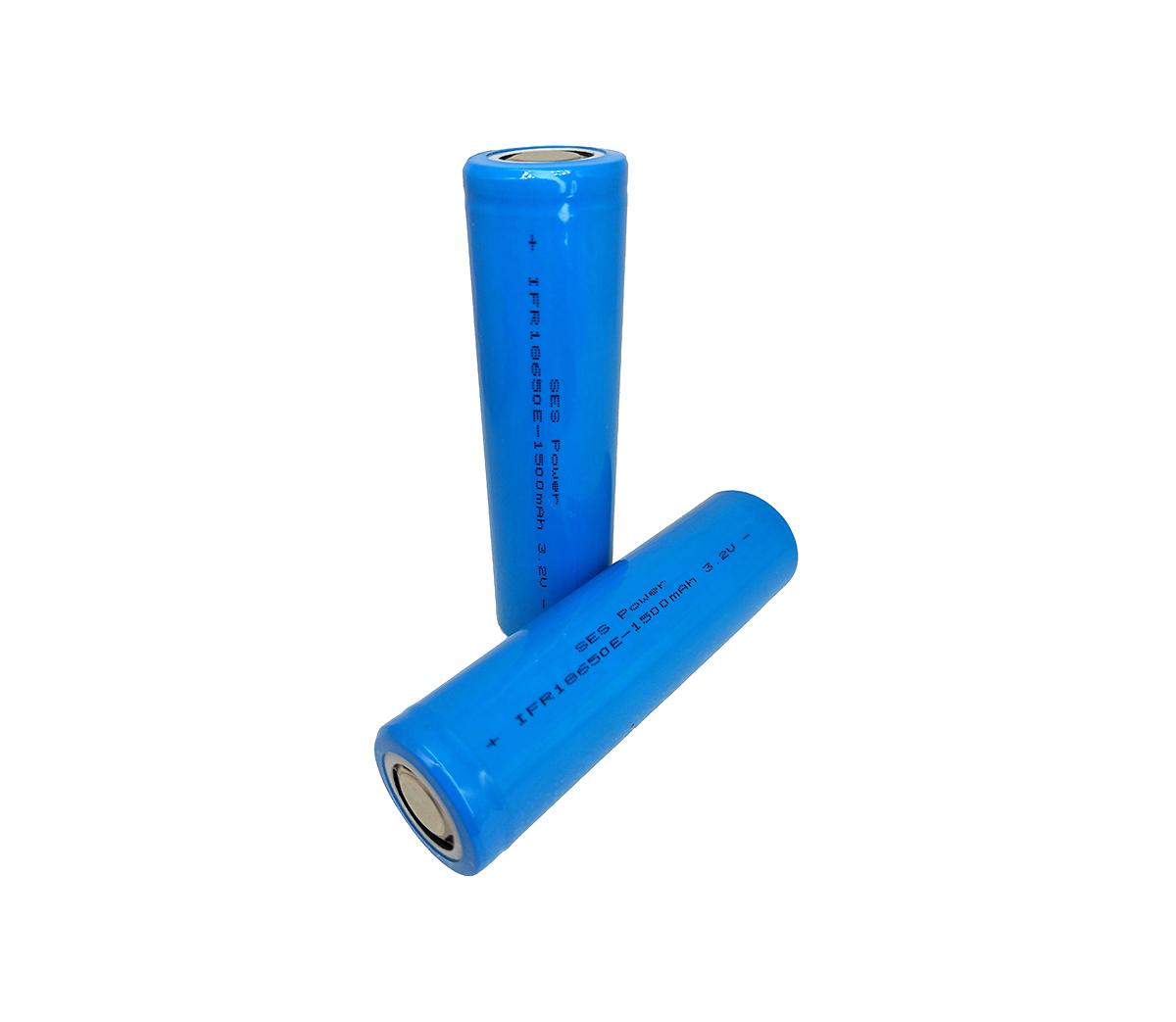Reasons why lithium battery technology is difficult to break through
Until now, the battery life is still very difficult to satisfy. Battery technology is still the biggest bottleneck in the evolution of all electronic devices. From the perspective of industrialization, battery technology is still far away from a revolutionary breakthrough.
In September 2014, Apple released a new generation of iPhone. Like previous generations of products, this latest smart device, processor and graphics chip performance has been greatly improved. However, Apple and other mobile phone manufacturers never mentioned at the press conference, there is a component that has not changed for many years, and that is the lithium battery. Whether it is a smart phone, a tablet computer, or the very popular Tesla electric car today, the lithium battery technology used in all electronic devices is not essentially different from the first commercial lithium-ion battery released by Sony in 1991. In the past 23 years, people have not been without innovation. Researchers around the world have never given up on developing new battery technologies. In 2014, a series of breakthroughs were made. In terms of charging efficiency, battery capacity, heating and cooling, etc., traditional lithium batteries have also performed better and better. Many new battery technologies seem to have seen the dawn of commercial use. But until now, the battery life is still difficult to satisfy. Battery technology is still the biggest bottleneck in the evolution of all electronic devices. From the point of view of industrialization, battery technology is still far from a revolutionary breakthrough. . Fish and bear’s paw can’t have both battery technology. Why is it difficult to make a revolutionary breakthrough in battery technology? What's wrong with the main force lithium-ion battery? The atomic number of lithium is 3, which means that it has three protons and is the lightest alkali metal element. This makes it the most suitable material among the known materials to prepare the positive electrode of a removable battery. "Of course, in addition to lithium, lithium batteries also include iron phosphate, manganese, graphite, titanate and other metal and non-metal materials. Compared with earlier nickel batteries, lithium batteries are smaller, lighter, and have higher energy density. It took less than 15 years to replace nickel batteries and become the current mainstream electronic device battery technology. But there are also many problems, the main one is fever. In the process of charging and discharging lithium batteries, a large amount of heat is generated in a high-density space. For small electronic devices such as smart phones, due to capacity limitations, the trouble caused by heat generation is not too big. Relying on the internal heat conduction design of the mobile phone can basically solve the heat dissipation problem, but for Tesla electric vehicles, the chassis is covered with thousands. The big guy with a lithium battery must take corresponding cooling measures. This is why almost all the lithium battery packs of electric vehicles or hybrid vehicles are equipped with bulky liquid cooling equipment, but even so, some electric vehicle battery explosions and fire accidents still occur from time to time. The number of lithium ions in a lithium battery is fixed. If you want a longer battery life, you must increase the number of batteries, but this in turn means heavier equipment, greater heat generation, and a higher possibility of overheating and explosion. If you want to be safer or more portable, you must sacrifice the number of batteries and use time. Replace the lithium battery Following this idea, a breakthrough direction that researchers thought of was to find safer and higher energy density materials and replace the lithium battery. Air is likely to be one of the better choices. Not long ago, an Israeli technology company developed a new type of battery that uses aluminum and air as electrodes. This battery can use water molecules in the air to chemically react with aluminum and discharge. In fact, this metal-air battery technology came out as early as the 1960s. Its principle is to use 99.9% high-purity aluminum as the anode, the oxygen in the water molecule as the cathode, and the aqueous solution as the electrolyte to make the aluminum plate. Take in oxygen to complete the discharge process. Throughout the chemical process, the final product is aluminum hydroxide, so this battery technology looks more stable and safer, and the energy density of aluminum-air batteries is much higher than that of lithium batteries of equal mass, and the theoretical energy density can reach 8.1 KWh/kg. At present, the high-energy lithium battery used in Tesla electric vehicles has an energy density of only about 0.3 kWh/kg. Another breakthrough idea that is also popular in the field of battery technology is to change the charging method if the lithium battery cannot be replaced. Currently the most promising alternative charging method to be popularized is wireless power supply technology. Please note that what we are talking about here is not the wireless charging mobile phones with trays introduced by mobile phone manufacturers in the early years, but the more efficient wireless power supply technology. From a principle point of view, there is actually not much difference between wireless charging and wireless power supply. Both use the principle of electromagnetic induction, resonance or coupling. It originated from the idea of Nikola Tesla, the father of alternating current in the 1890s. He proposed that magnetic resonance can be used to transfer charge in the air between the charger and the device, and the coil and capacitor are between the charger and the device. Resonance is formed between them, so as to realize the efficient transmission of electric energy. To put it a bit more vividly, it is the same reason that a high-pitched singer may sing a glass of the same vibration frequency, but electromagnetic induction and resonance will not blast electronic equipment. Compared with wireless charging, the advantage of wireless power supply is that it breaks through the limitation of distance. The transmitter solution being made by a company in the United States, the farthest power transmission distance can reach 10 meters. Although the transmission distance of wireless power supply is somewhat shorter than that of a wireless network that is hundreds of meters away, at least at the technical level, the realization of wireless power supply is already the first step. The bigger problem, then, why haven’t people seen wireless power hotspots similar to wireless networks in airports, hotels, or coffee shops? In fact, the biggest obstacle to the popularization of wireless power supply is not the technical problem such as the transmission distance is not long enough, but The wireless power supply standard compatibility problem of various electronic devices on the market is beyond the control of scientific researchers. Just like the example of a high-pitched singer, if the vibration frequency of each cup is different, it is impossible to want all the cups to be sung. However, in 2008, many companies and associations in the international industry have established the Wireless Power Transmission International Standards Alliance, which is committed to unifying the technical standards of wireless power supply. A Chinese company member of the alliance said that it introduced a unified WiFi-like Standard time should not be too far away. In contrast, it is much more difficult to replace lithium batteries with new battery technology solutions. The most promising metal-air battery technology still has many practical problems to be solved. For example, it is necessary to regularly add water to the battery pack during use, and it is a non-rechargeable battery. After the aluminum plate is completely oxidized and reacted to aluminum hydroxide, The aluminum plate must be replaced again. This will undoubtedly increase costs and hinder the use of metal-air battery technology. However, the good news is that researchers are working hard to extend the oxidation reaction time of aluminum plates and reduce the cost of recycling aluminum plates, and strive to commercialize this technology as soon as possible. Kevin, a researcher at the Mott Engineering Science Center of Kettering University in the United States, believes that even if the technical level has reached the commercialization requirements, making them suitable for large-scale applications of various electronic devices will be another long waiting process. If there is no special incentive for the outbreak, it is difficult for people to see a truly mature revolutionary battery technology for at least the last 5 years.


































